With the iPhone 15 Pro (Max), Apple switched to a new material from which their frame is made. Steel was thus replaced by titanium. Although the crash tests did not confirm the unbreakability of the iPhones, this was rather due to the new design of the frame together with the glass front and back surfaces. Even so, there is a degree of controversy surrounding the titanium frame.
Titanium. Worthy. Light. Professional – that's Apple's slogan for the iPhone 15 Pro, where it's clear how they put the new material first. The word "Titan" is also the first thing you see when you click on the detail of the new iPhone 15 Pro in the Apple Online Store.
Born of titanium
iPhone 15 Pro and 15 Pro Max are the first iPhones with aircraft titanium construction. It is the same alloy that is used to build the spaceships sent to Mars. As Apple himself states. Titanium belongs to the best metals in terms of strength-to-weight ratio, and thanks to this, the weight of the novelties could fall to an already bearable limit. The surface is brushed, so it's matte like the aluminum of the base series rather than shiny like the steel of the previous Pro generations.
However, it is worth clarifying that titanium is really only the frame of the device, not the internal skeleton. This is because it is made of aluminum (it is 100% recycled aluminum) and titanium is applied to its frame using the diffusion technique. This thermomechanical process of an extremely strong connection between the two metals is supposed to represent a unique industrial innovation. Although Apple can brag about how it gave iPhones titanium, it is true that it did it again in a detour, as it is, after all, its own. This layer of titanium should then have a thickness of 1 mm.
At least it shows a fairly rough measurement from JerryRigEverything, who wasn't afraid to cut the iPhone in half and show what the novelty bezel really looks like. You can watch the full video breakdown in the video above.
It could be interest you

Controversy with heat dissipation
With regard to the overheating of the iPhone 15 Pro, the effect of titanium on this has also been discussed a lot. Perhaps even such a recognized analyst as Ming-Chi Kuo blamed it on him. But Apple itself commented on this when it provided information to foreign servers. However, the design change led by the use of titanium has no effect on heating. It's actually the opposite. Apple also carried out certain measurements, according to which the new chassis dissipates heat better, as was the case in previous steel Pro models of iPhones.
If you were interested in the exact definition of titanium, then the Czech one Wikipedia says: Titanium (chemical symbol Ti, Latin Titanium) is a gray to silvery white, light metal, relatively abundant in the earth's crust. It is quite hard and extremely resistant to corrosion even in salt water. At temperatures below 0,39 K, it becomes a type I superconductor. Its significantly greater technological application has so far been hindered by the high price of pure metal production. Its main application is as a component of various alloys and anti-corrosion protective layers, in the form of chemical compounds it is often used as a component of color pigments.
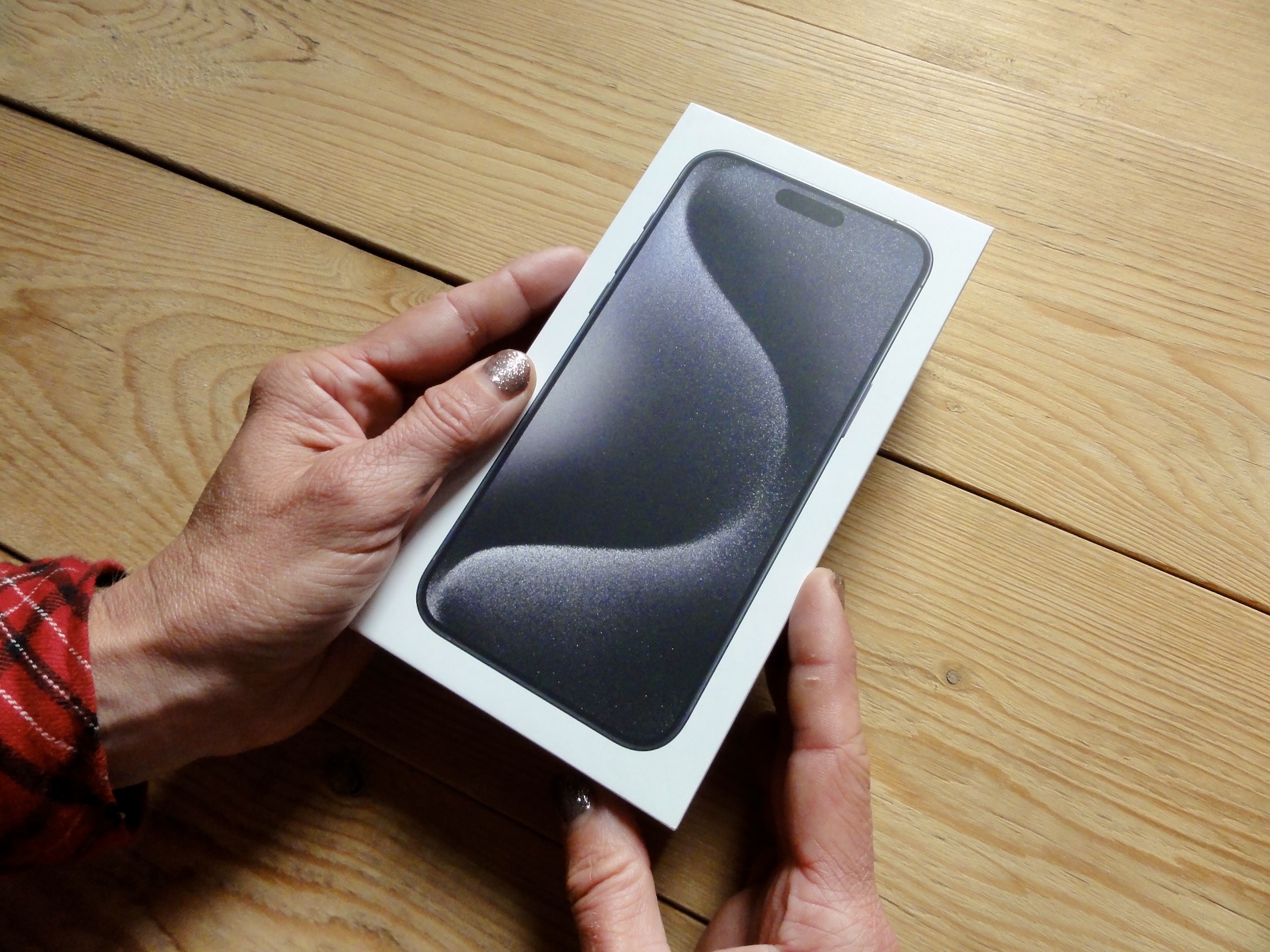

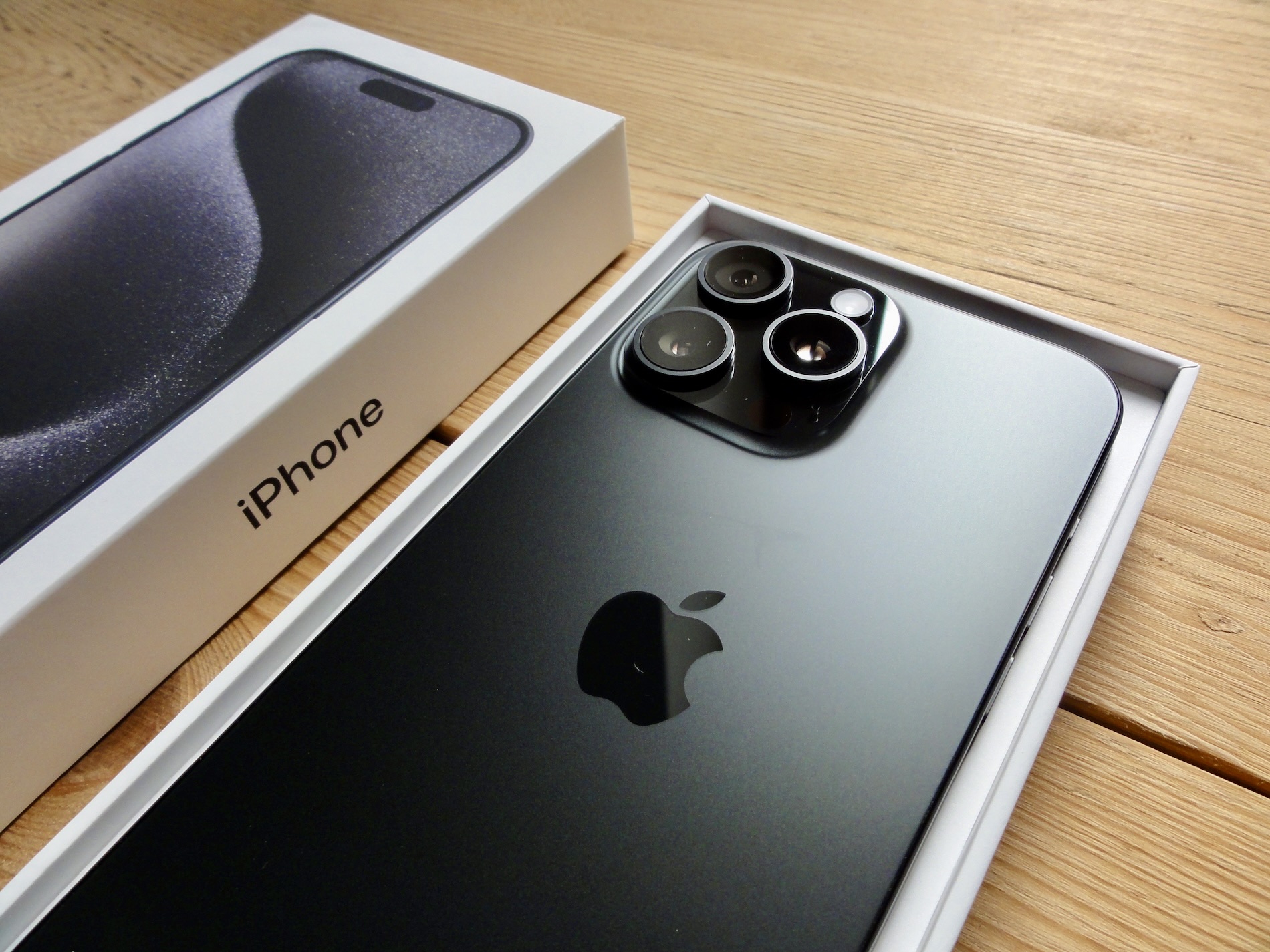
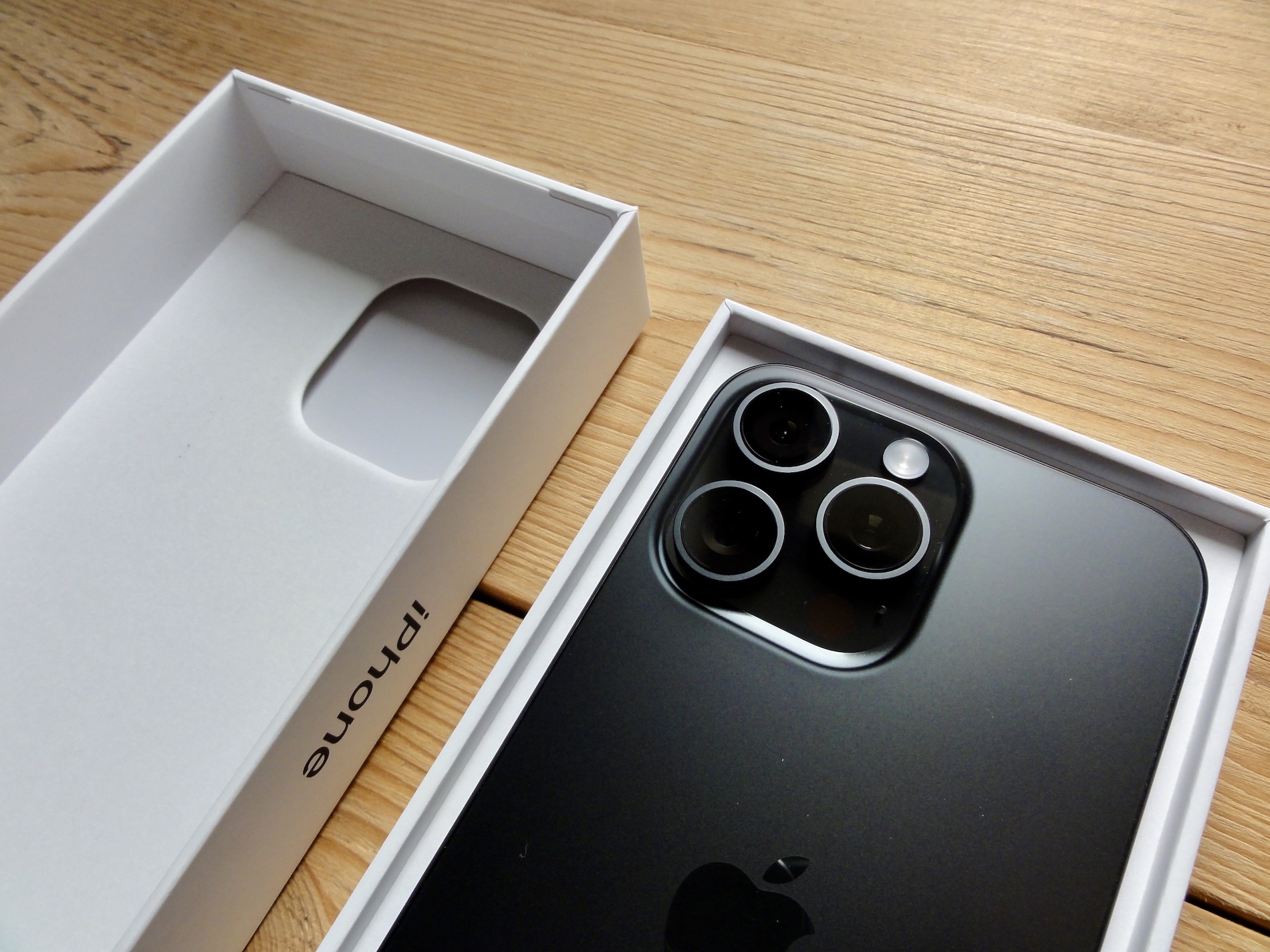
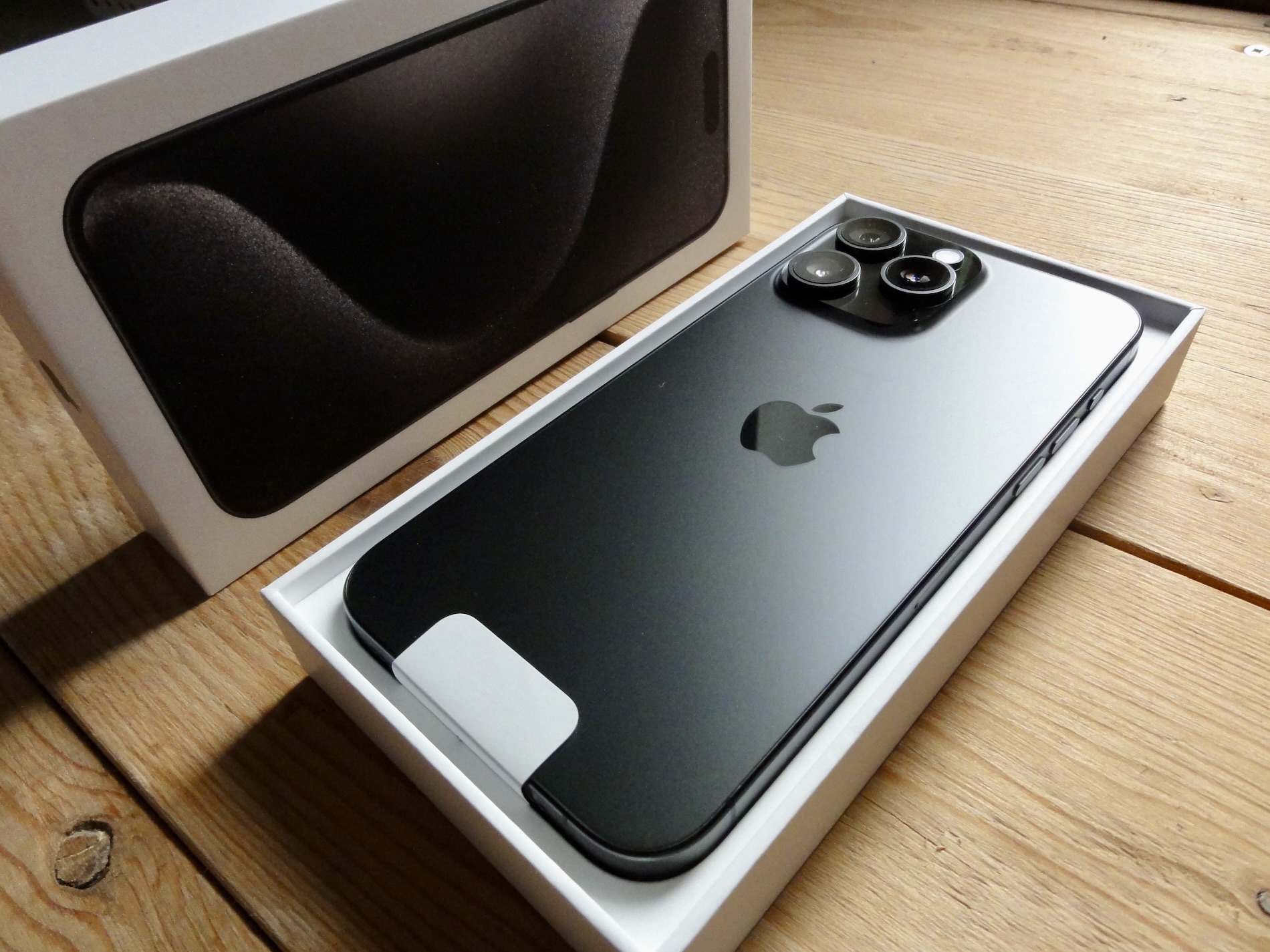
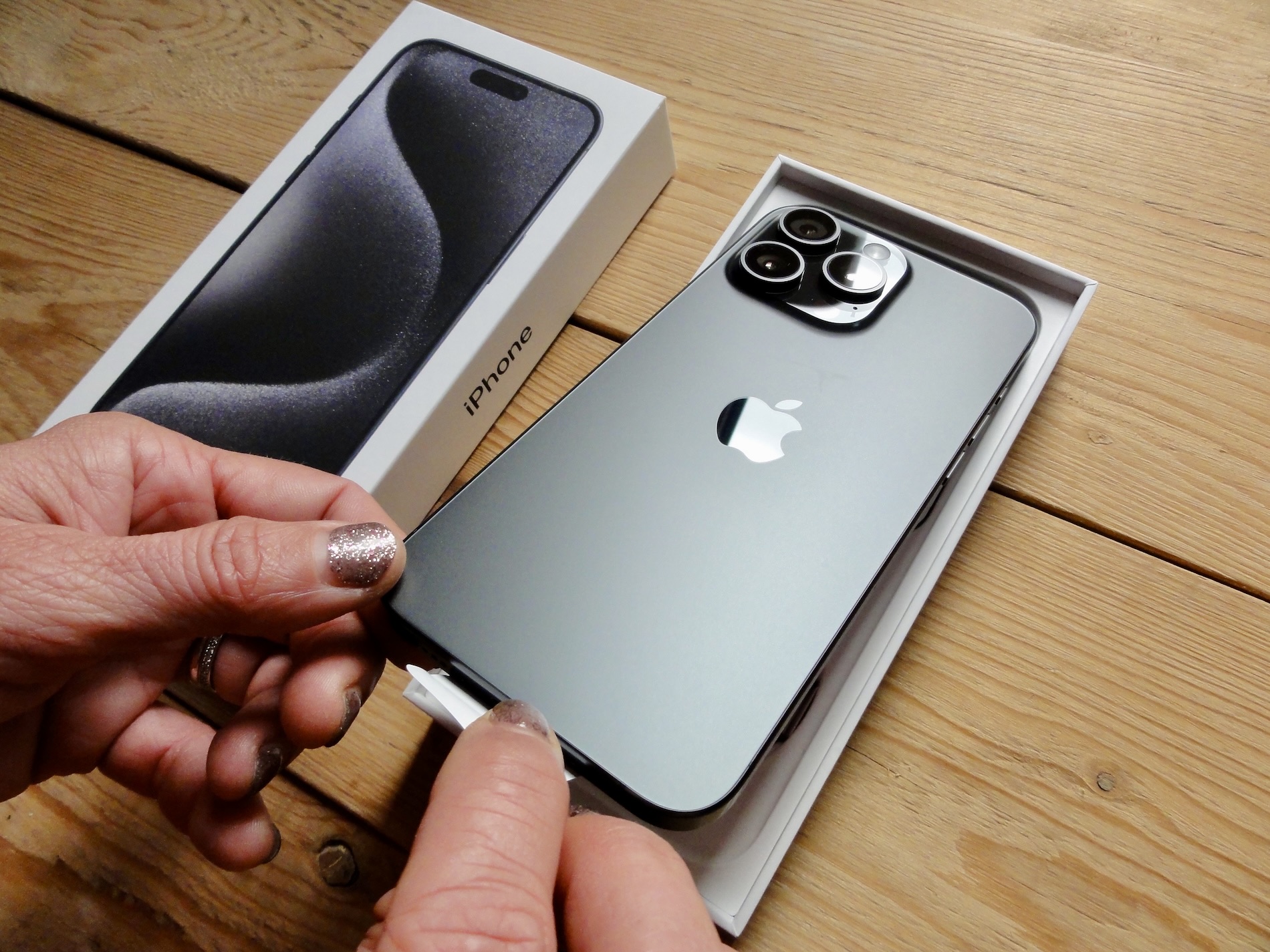
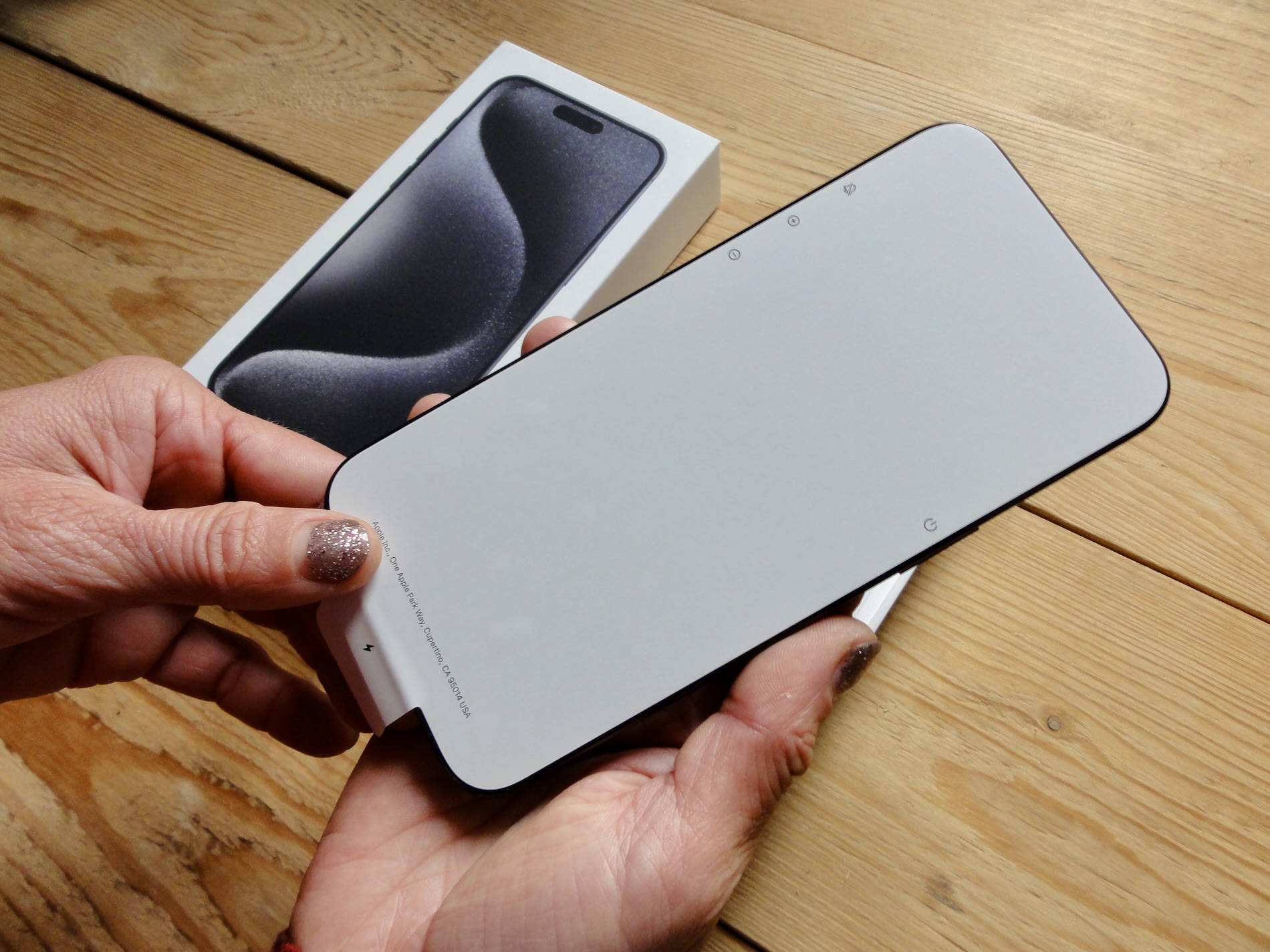
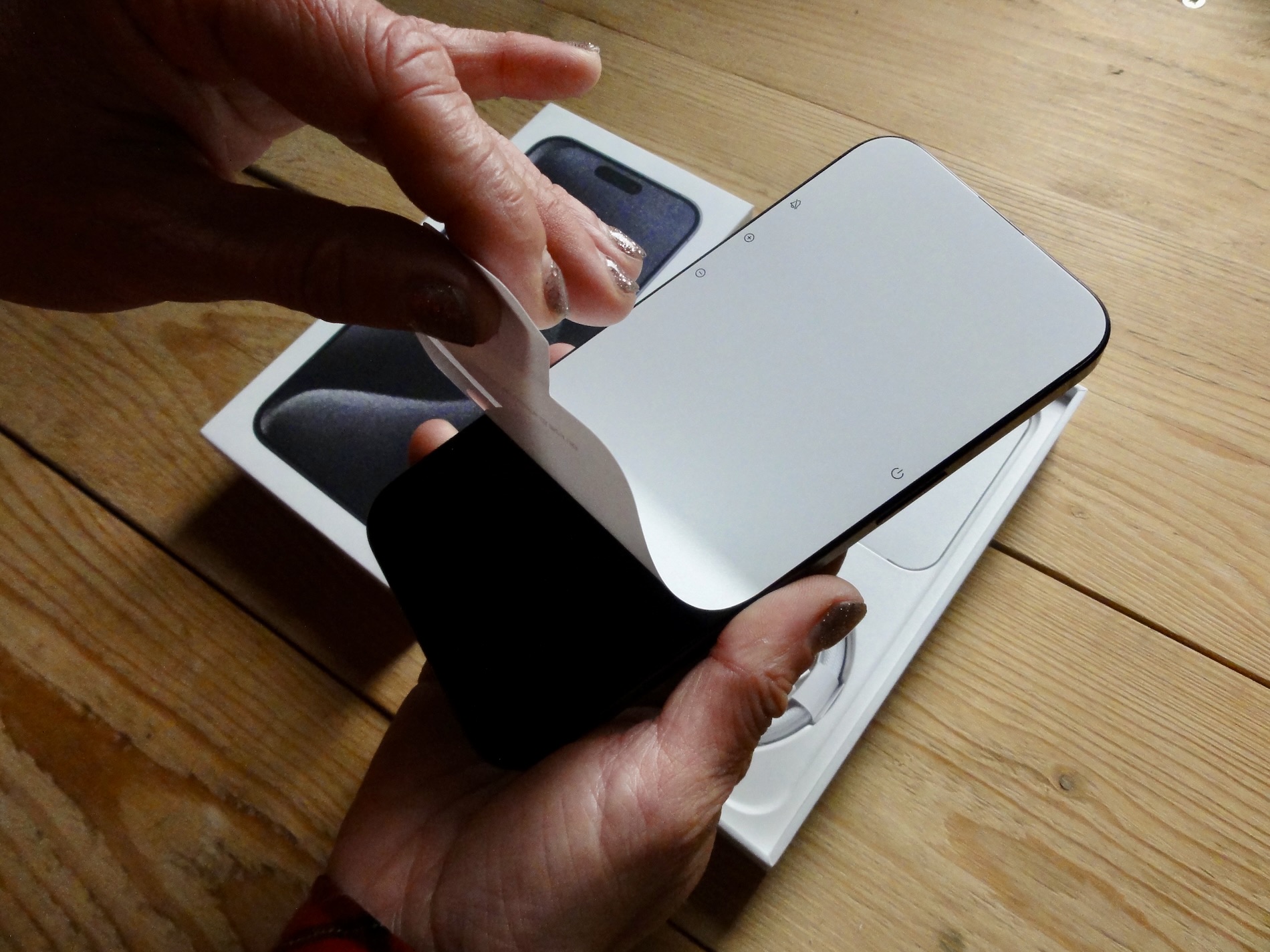
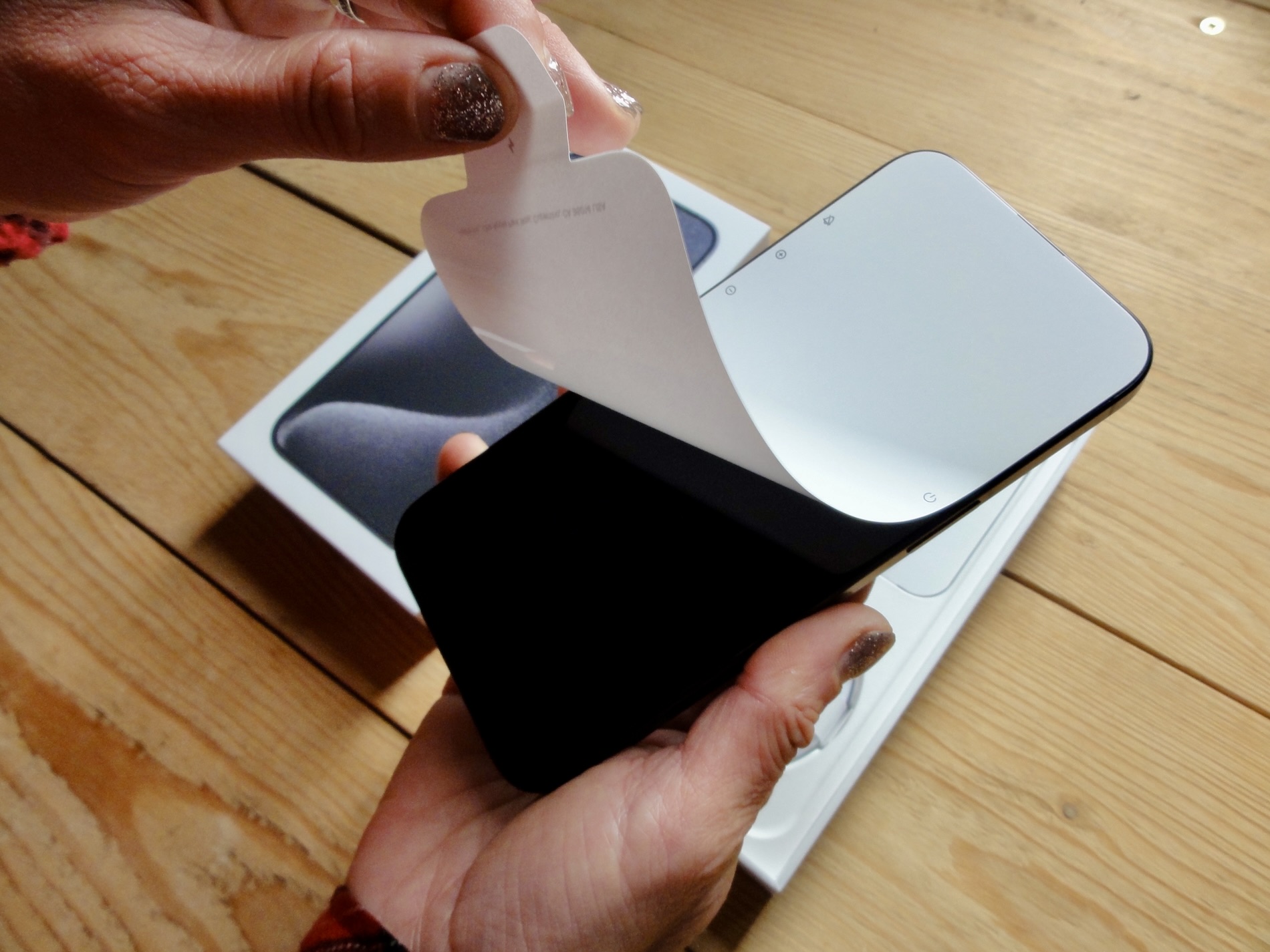
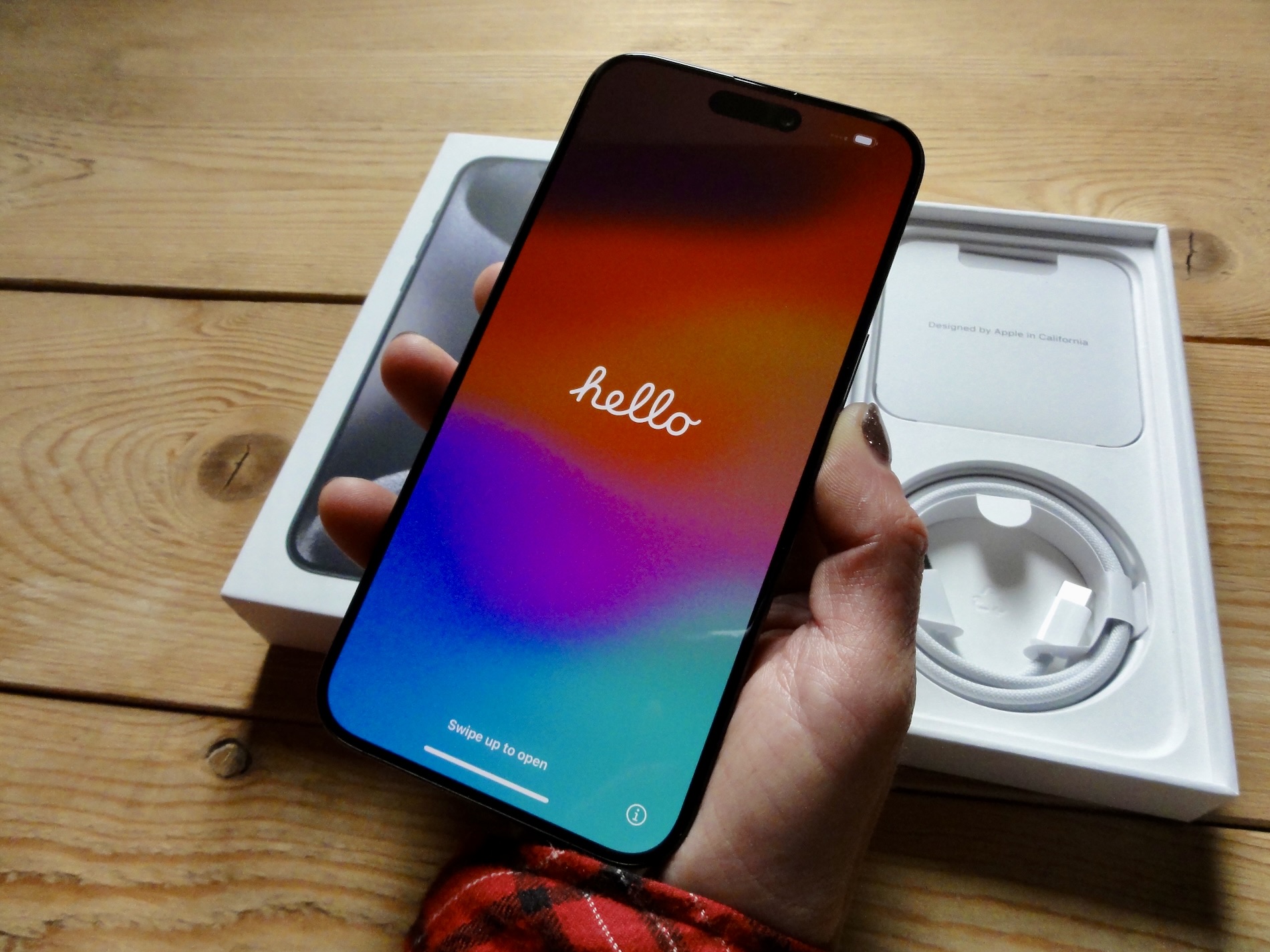
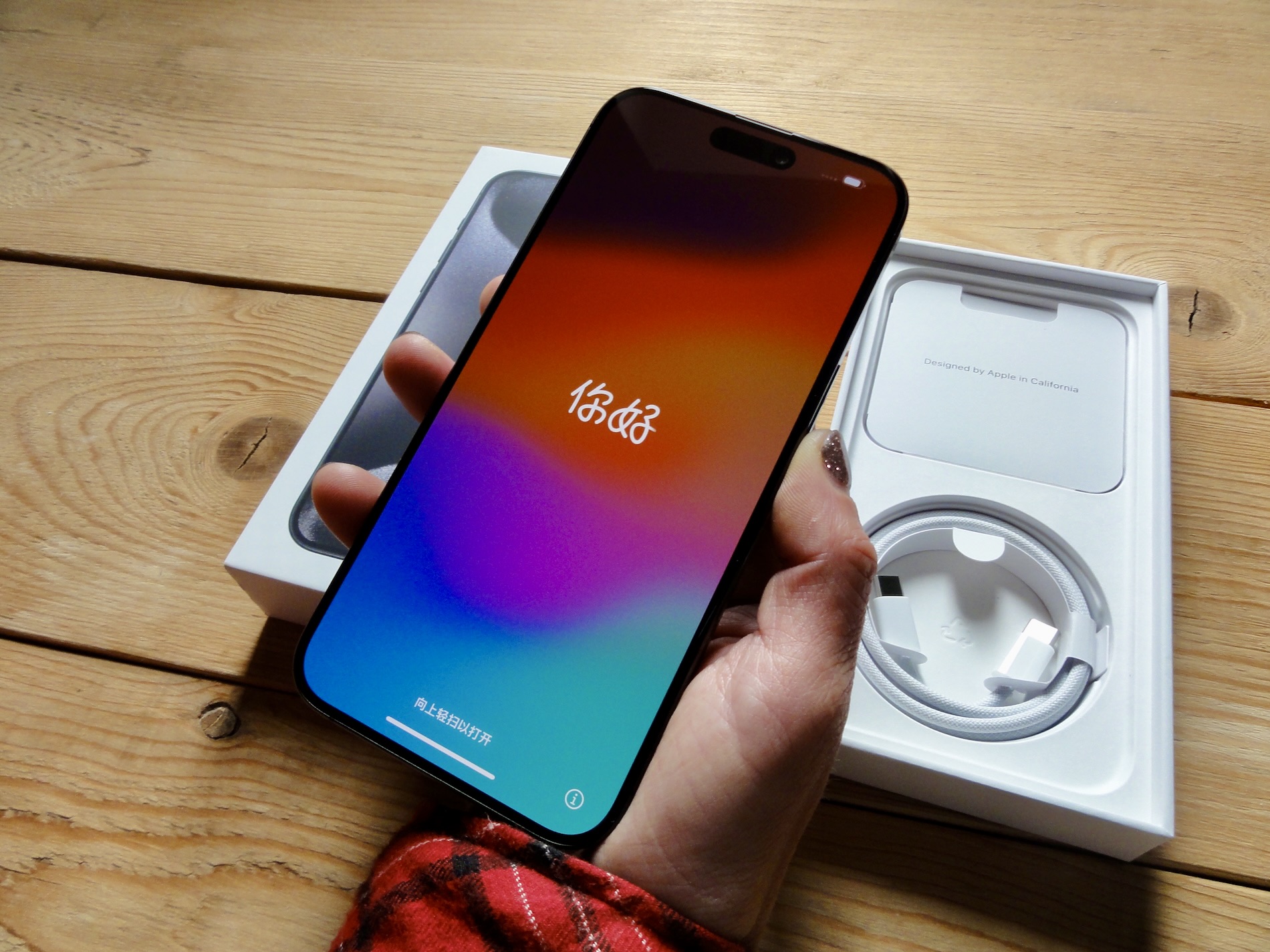
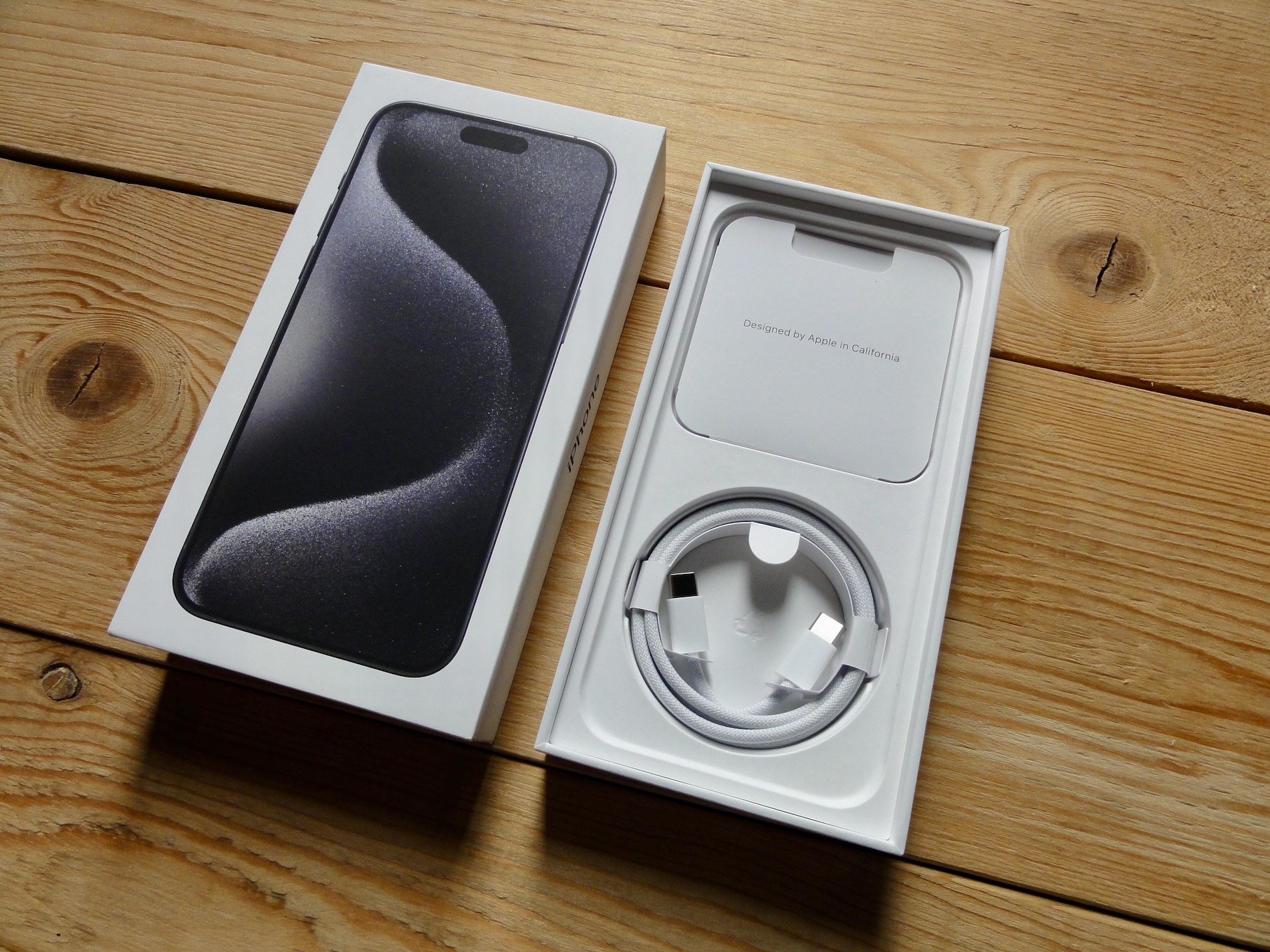
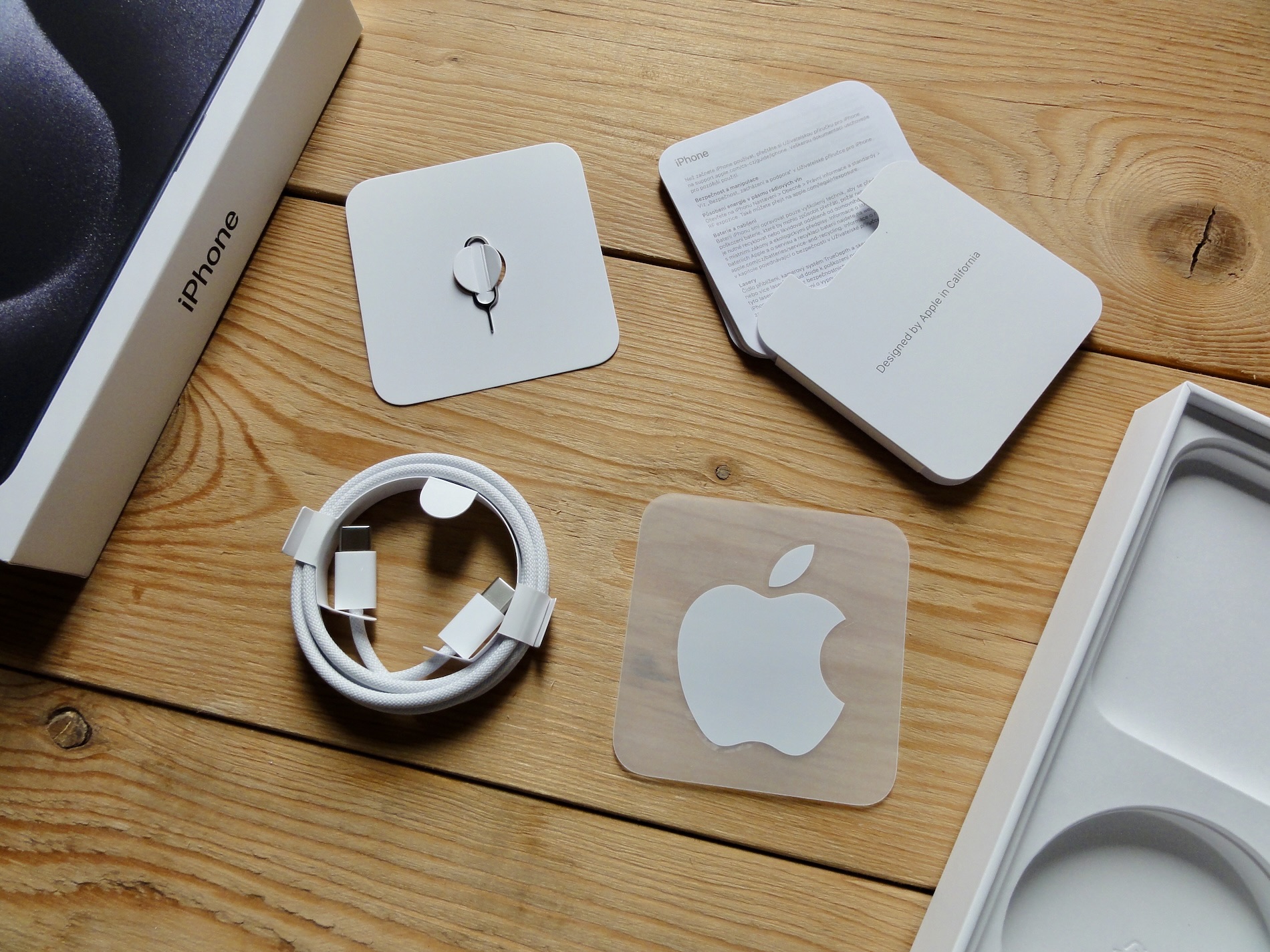
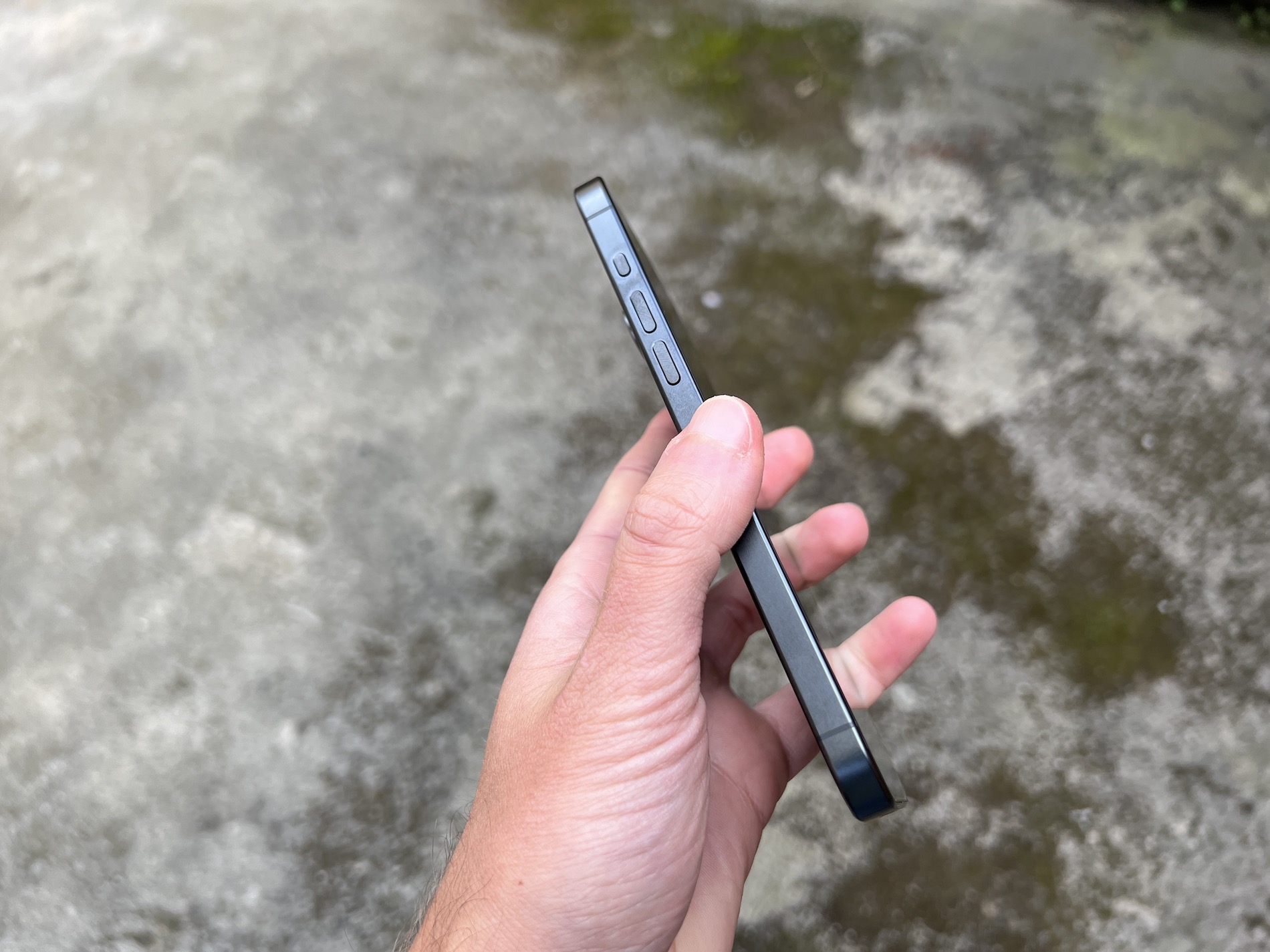
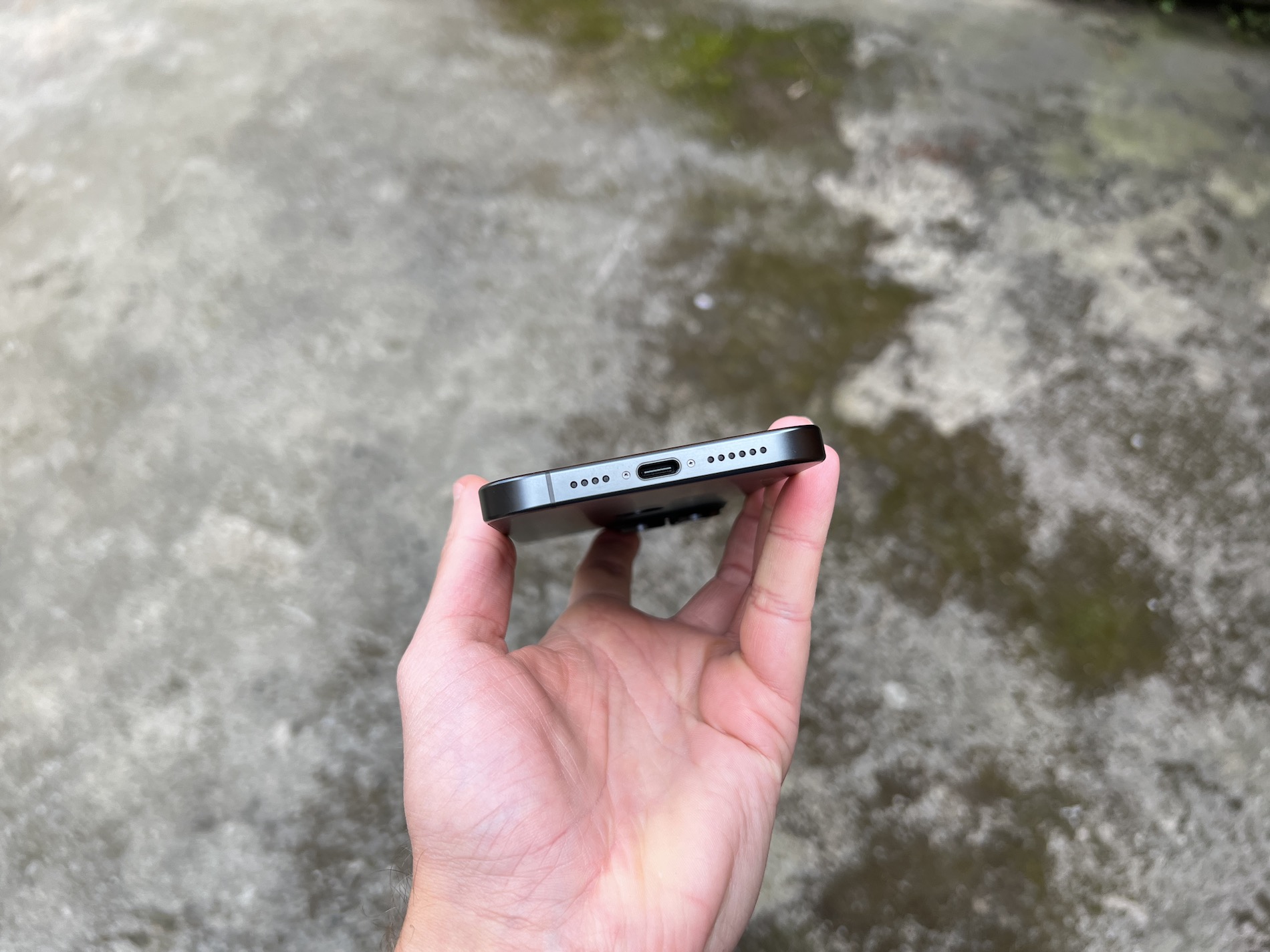

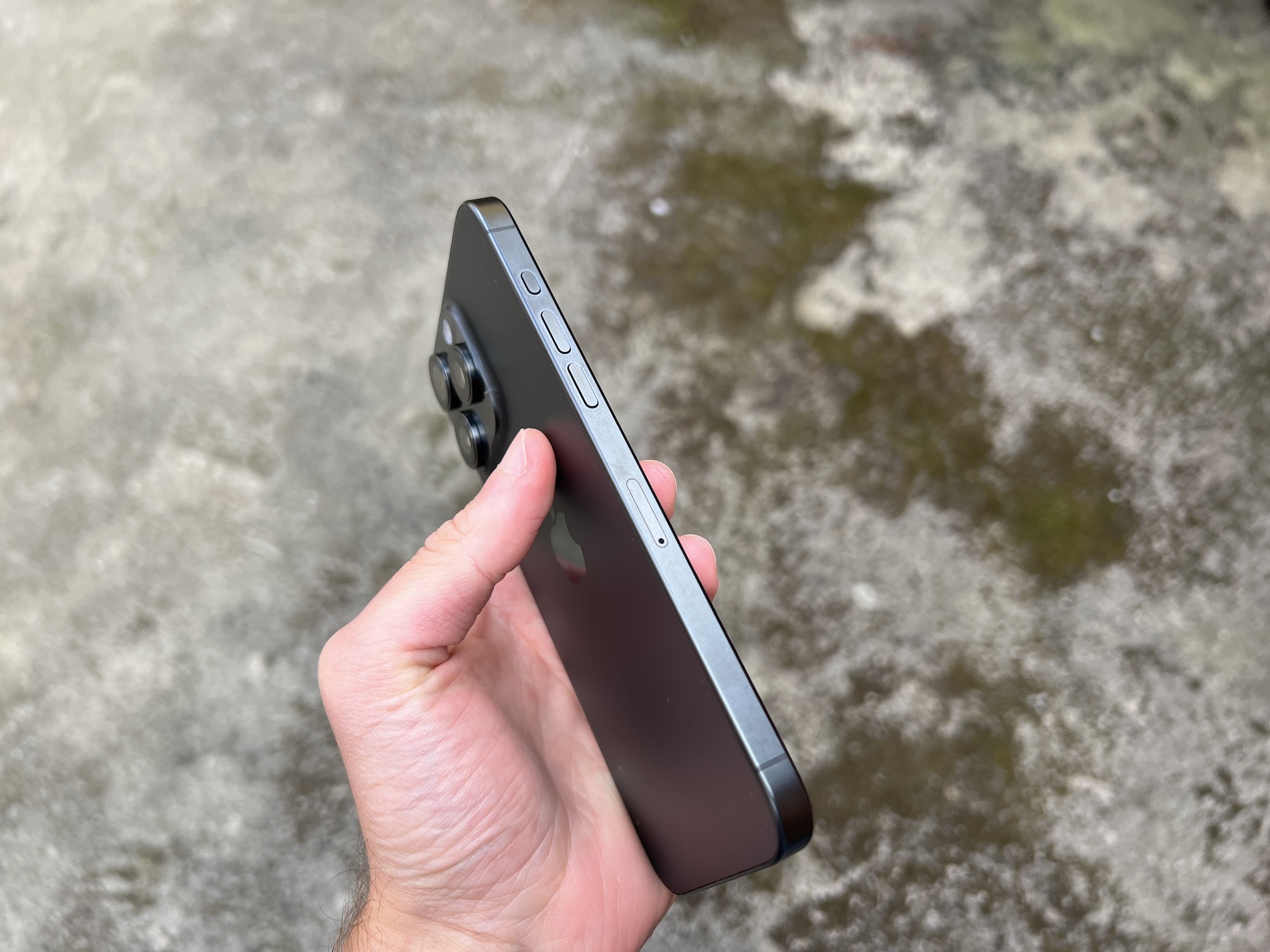
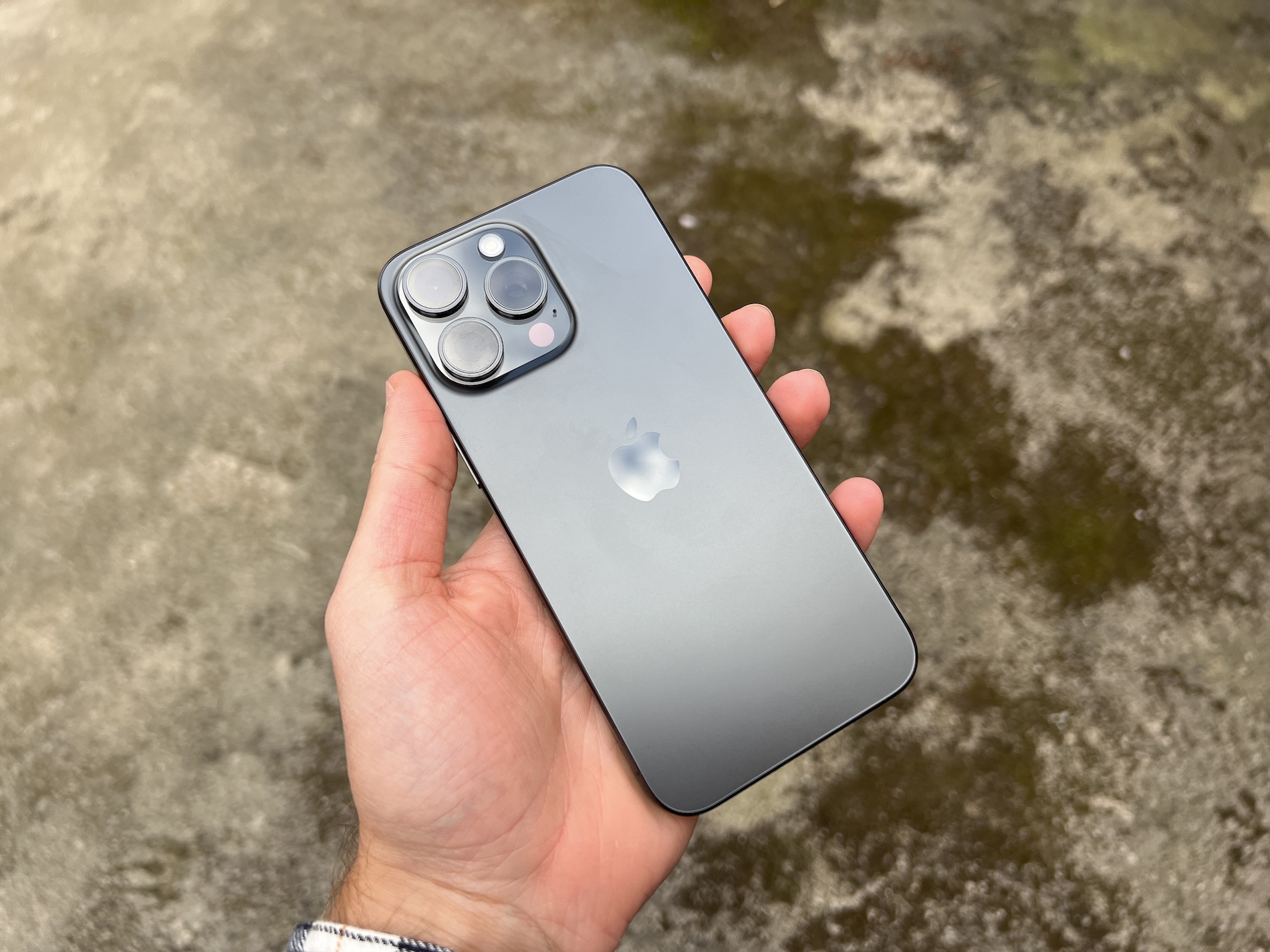

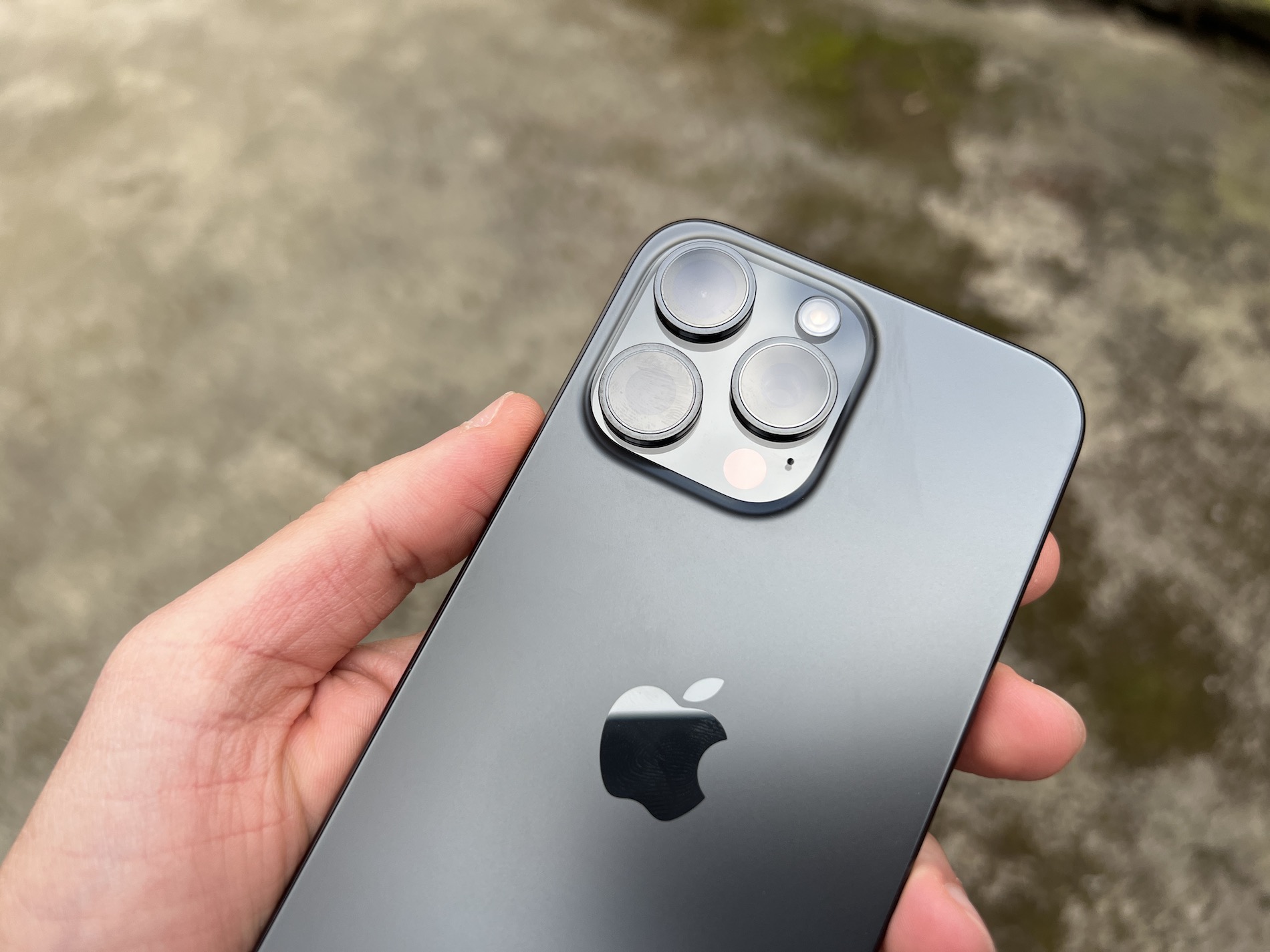
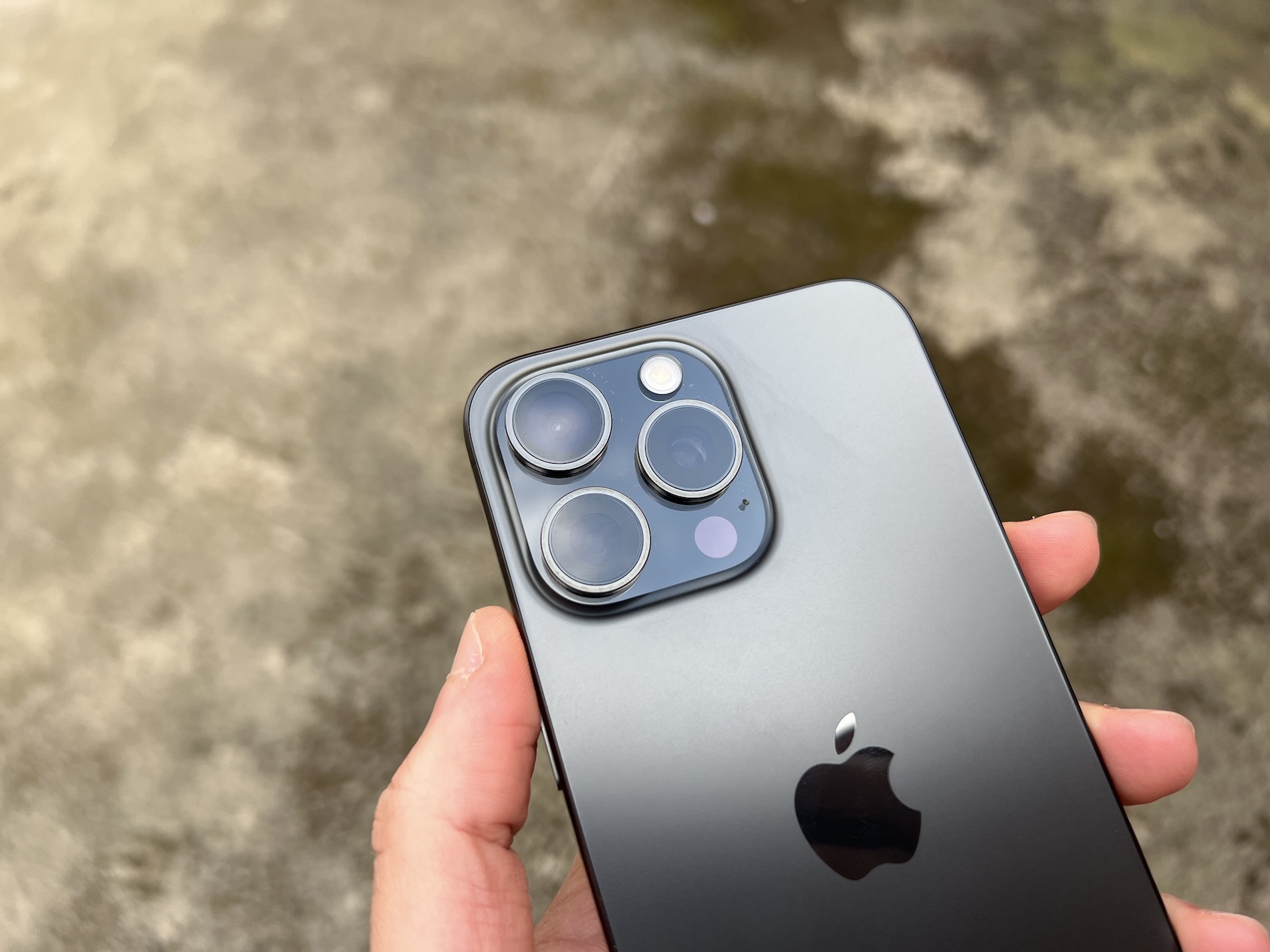
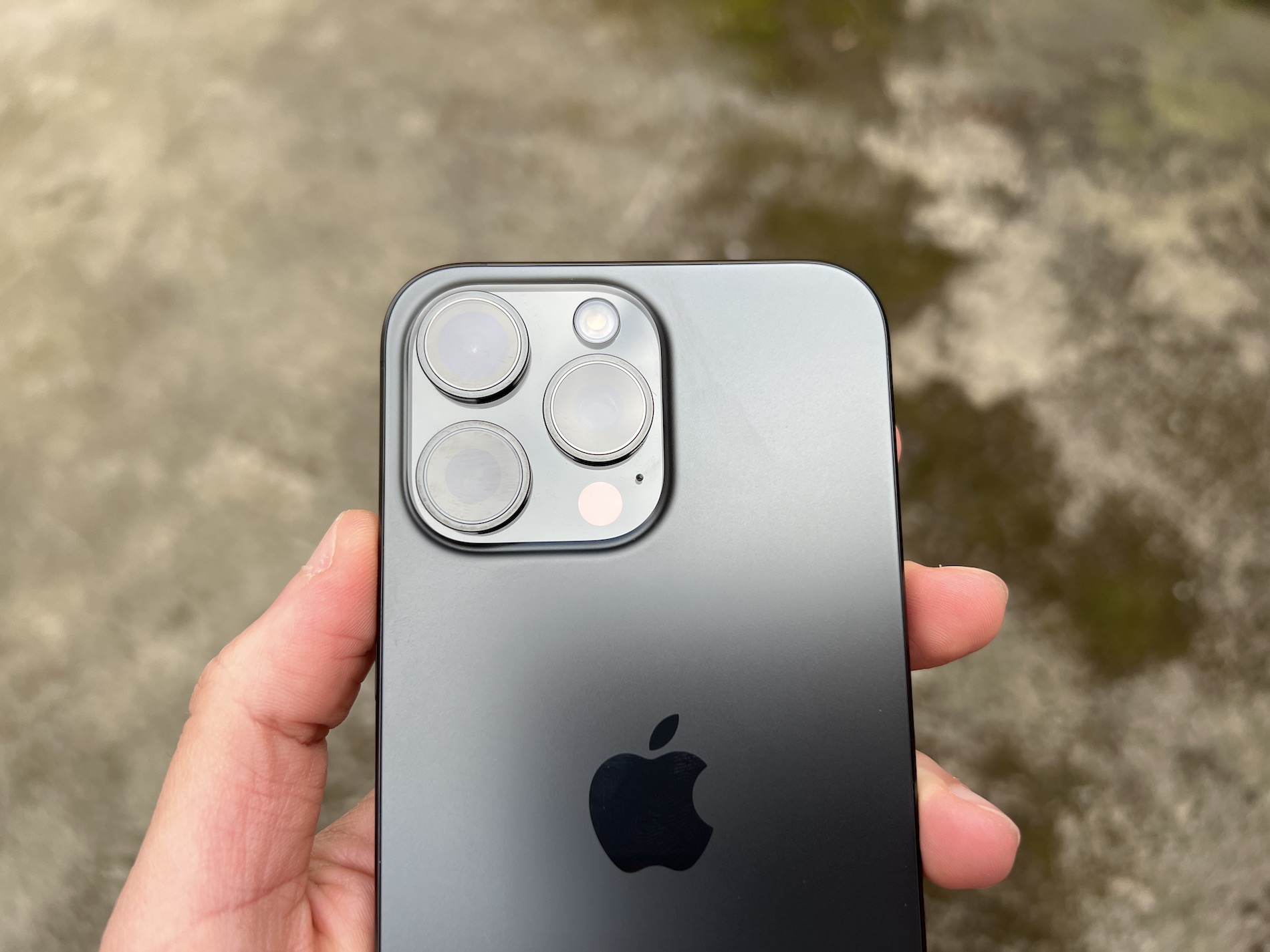
 Adam Kos
Adam Kos 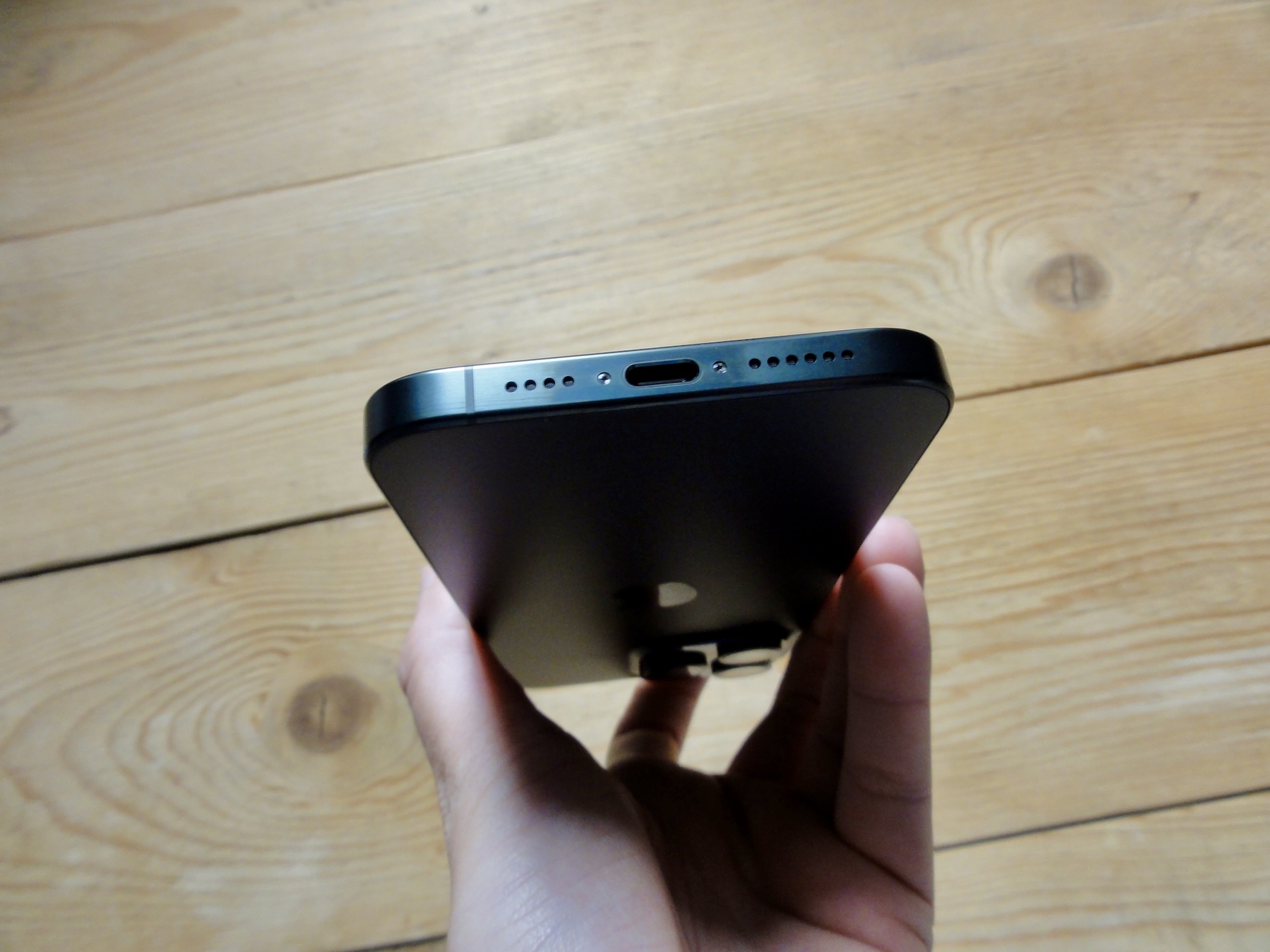
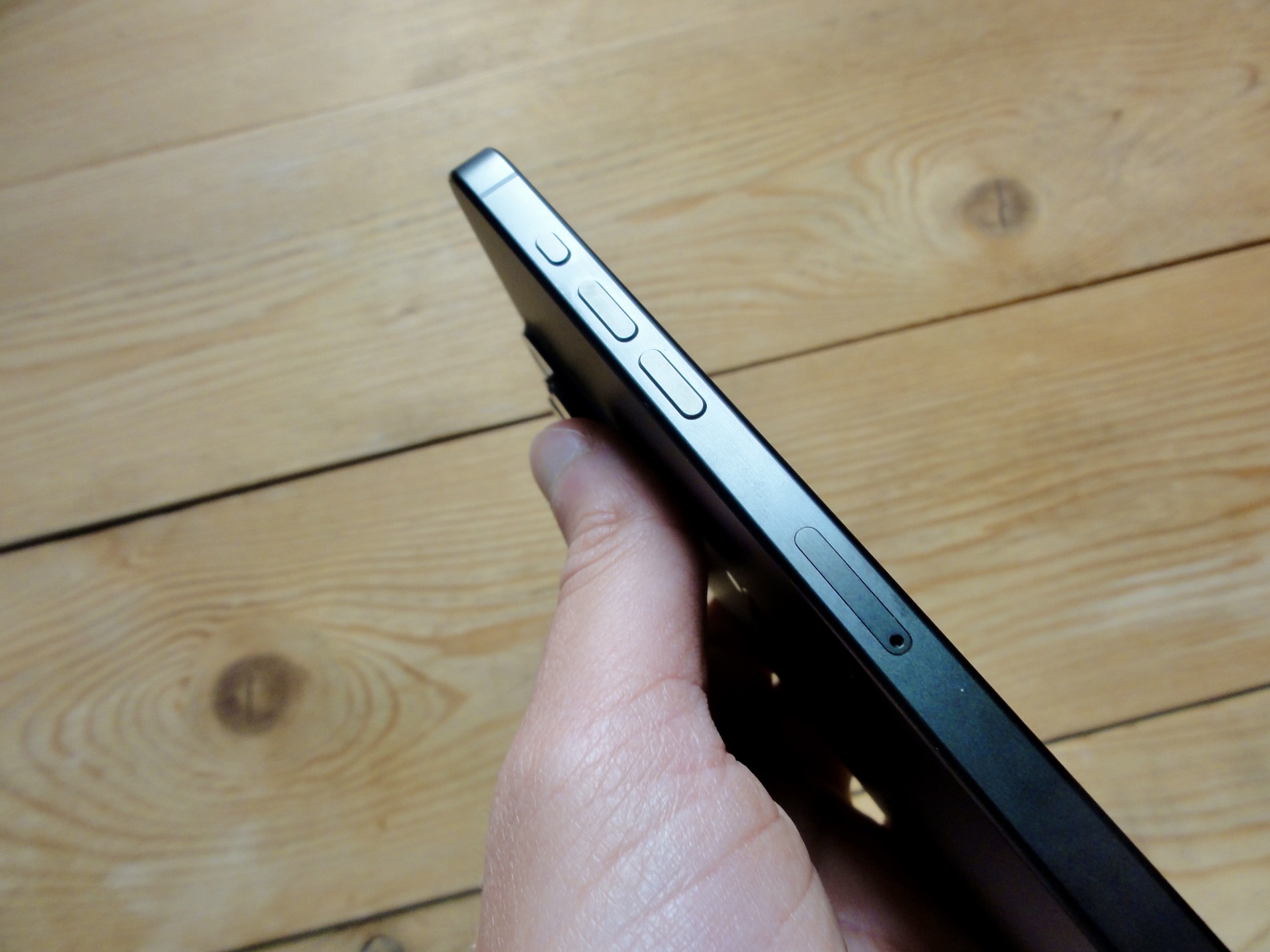
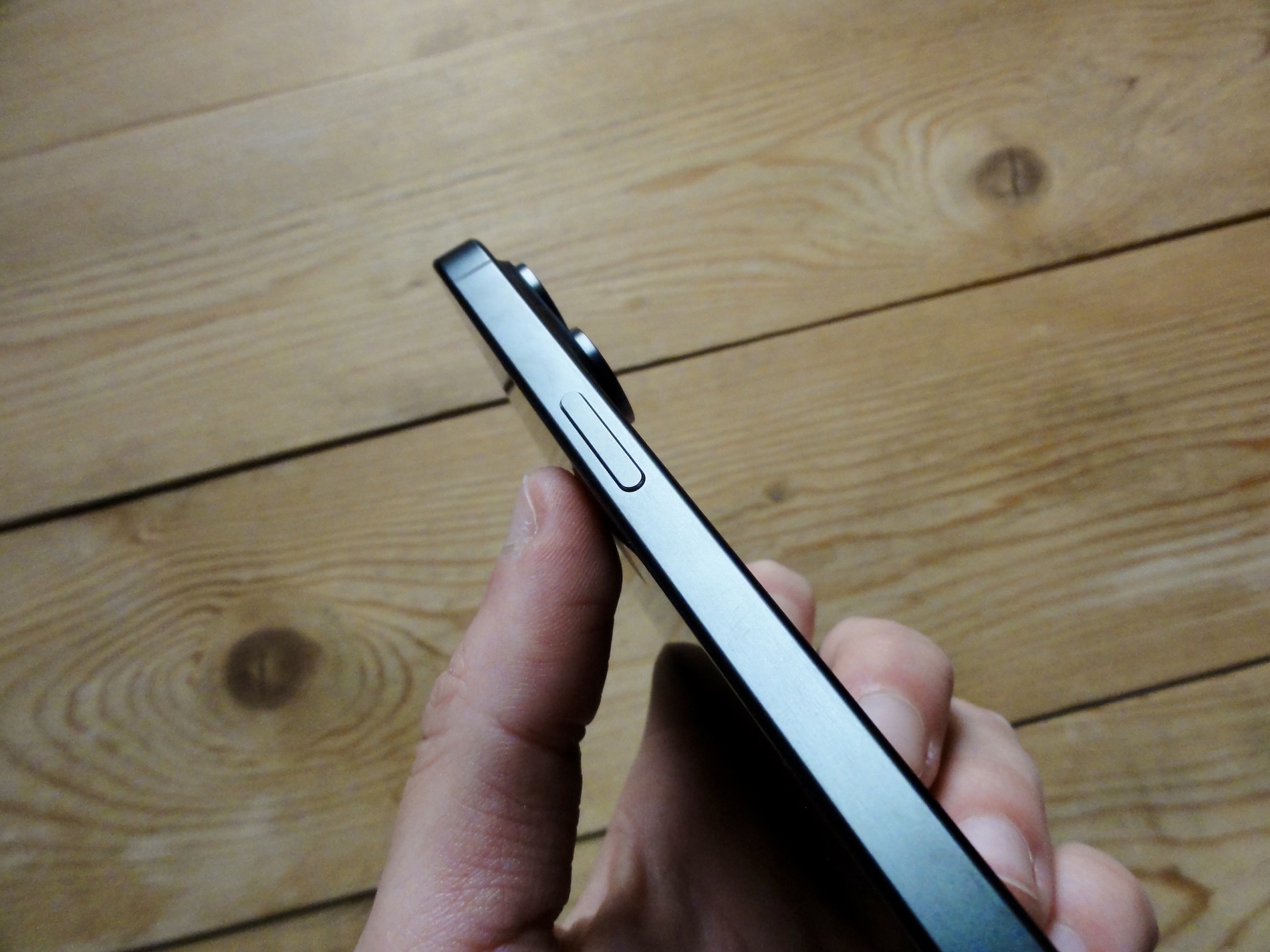
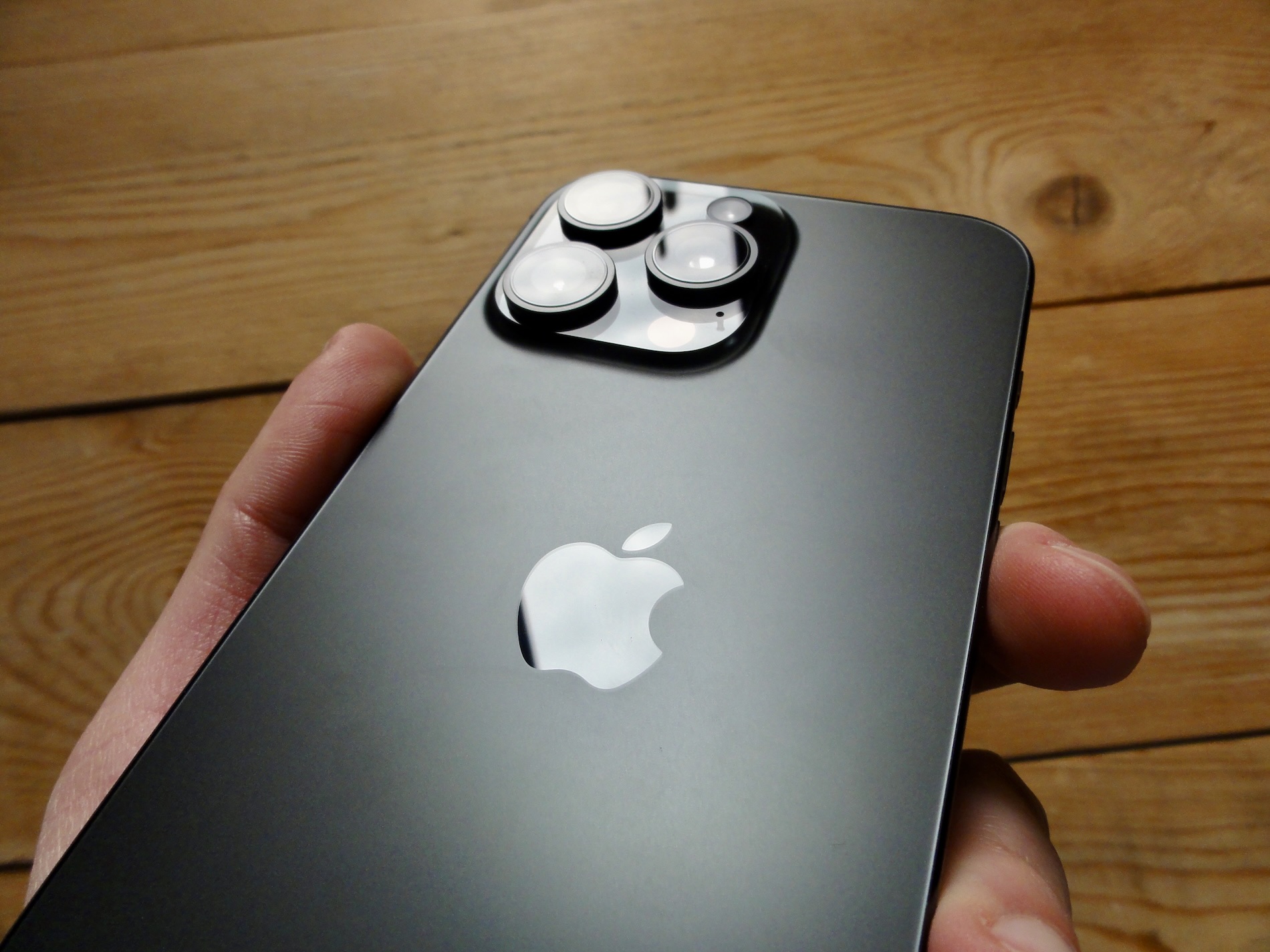
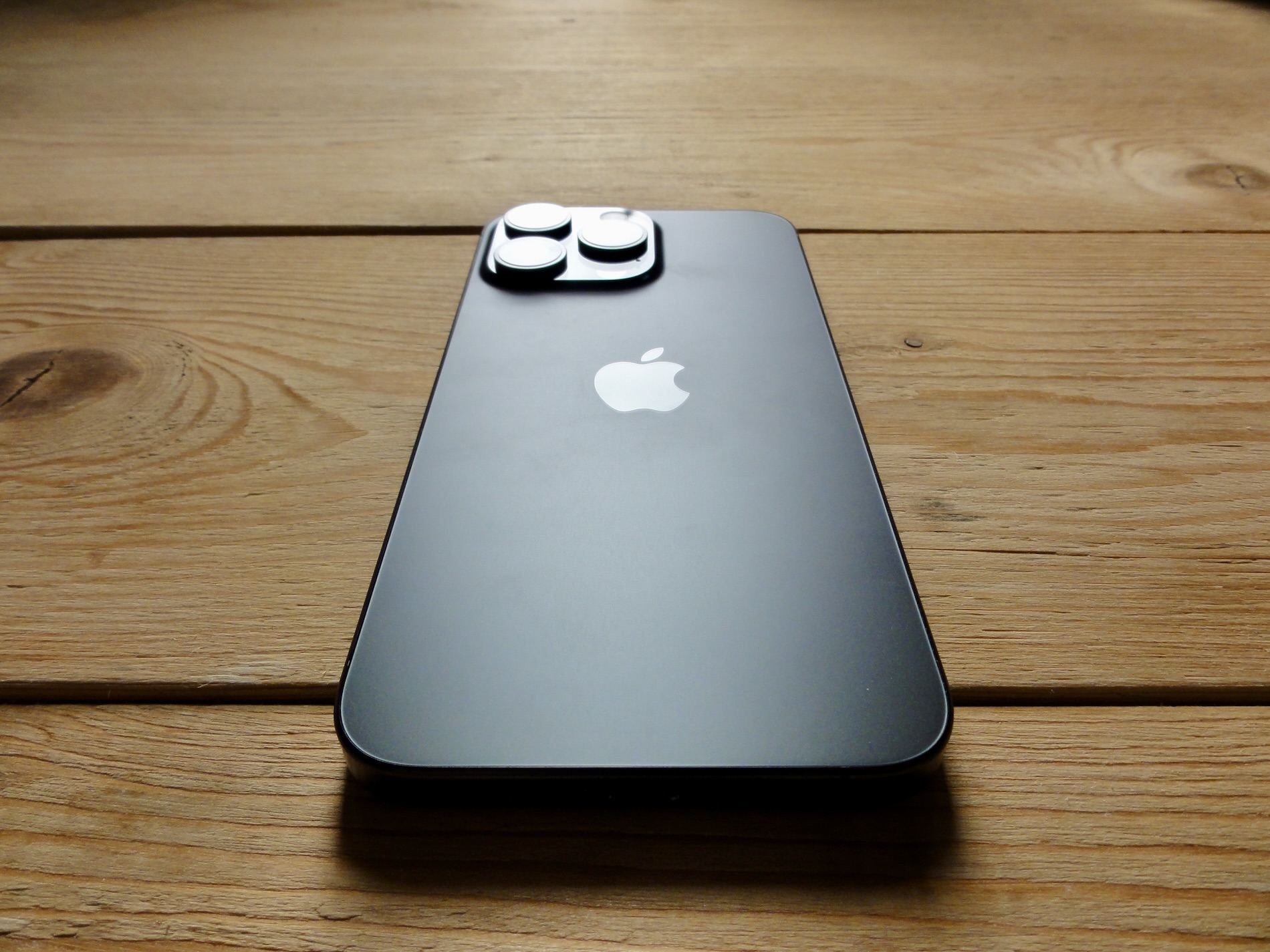

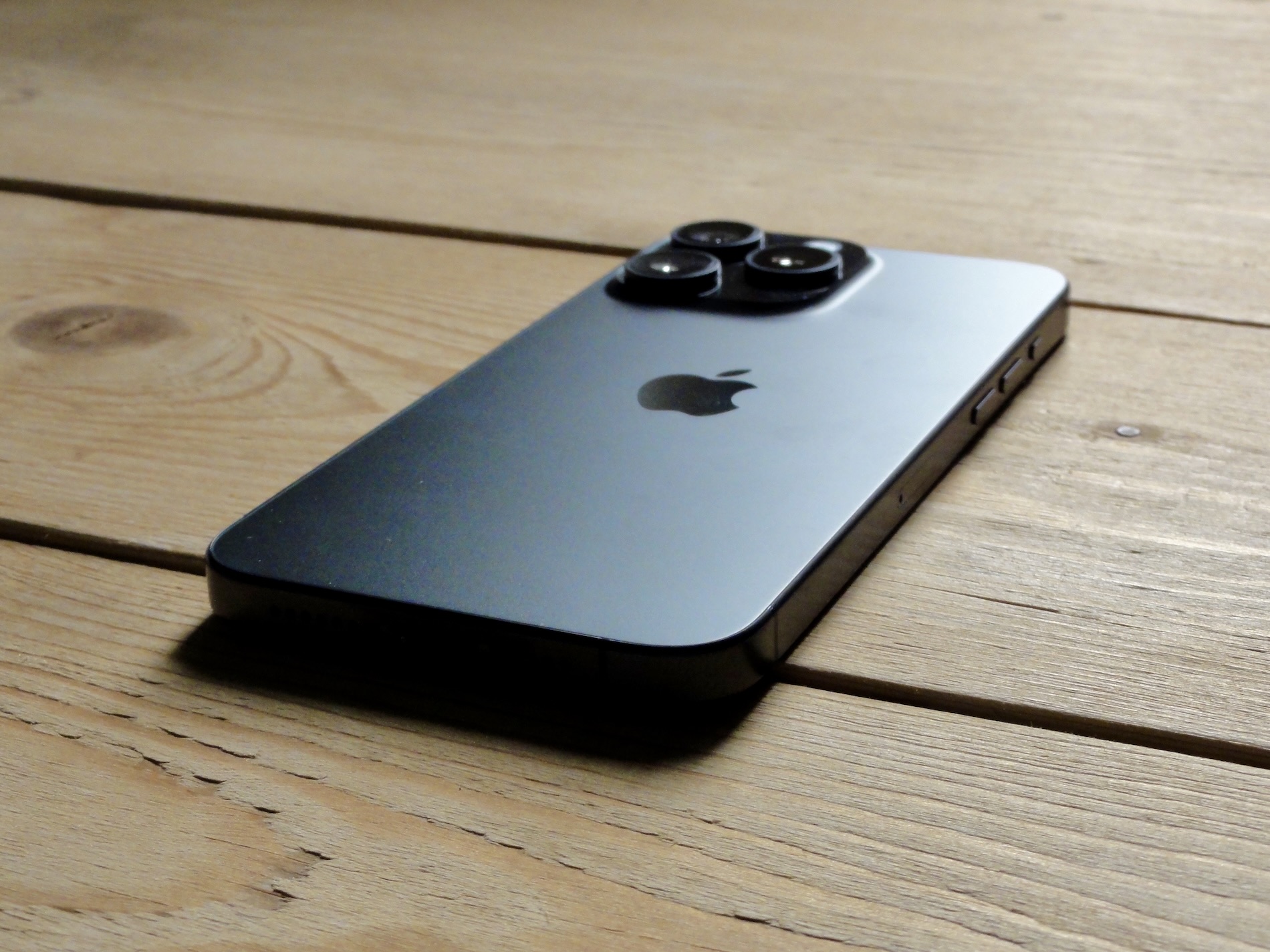
Really nice chat.
Somehow I don't see the detour as written in the article. Does anyone imagine that they should also have a titanium back? Or is it bad that, thanks to its strength, it doesn't have to have a frame of half a centimeter.
Is the detour in the fact that his glass breaks already after falling from two meters?
This is a huge mistake because we normally lift the phone above our head and drop it on the ground.
I don't know about most people, but me, the first thing I do in the morning is take my phone and give it a good thumbs up on the back to make sure it doesn't break. That Apple took a detour again...